The magnificent Arunachalesvara Temple, Tiruvannamalai, Tamilnadu || A Shiva Temple with a rich and interesting history
Tiruvannamalai Temple is a famous Hindu temple dedicated to Lord Shiva, located in the town of Tiruvannamalai, Tamil Nadu. The temple is one of the largest temples in India and is considered to be one of the Pancha Bhoota Stalams, which represent the five elements of nature. The Tiruvannamalai Temple represents the element of fire.
We visited this temple when we happened to cross Tiruvannamalai on Day 4 of our Noida to Rameshwaram Road Trip. It was also during this trip that we visited the two meditation points - the Virupaksha caves and Skandashram.
Tiruvannamalai Temple is also known as Annamalaiyar temple and the complex is spread over an area of 25 acres and is built at the base of the Arunachala hill. The main deity of the temple is Lord Arunachaleswarar, who is believed to be a manifestation of Lord Shiva. The temple has several other shrines dedicated to various deities, including Goddess Parvati, Lord Ganesha, Lord Murugan, and Lord Vishnu.
While it is not clear exactly who built the Tiruvannamalai Temple, the temple has a long and complex history spanning several centuries. However, it is believed that the temple was originally built during the Pallava dynasty in the 9th century AD.
Over the centuries, the temple has undergone several renovations and additions by various rulers and dynasties, including the Chola, Vijayanagara, and Nayak dynasties. The temple was expanded and renovated extensively during the Vijayanagara period in the 16th century, and it was during this time that the temple complex took its present form.
The temple complex was further embellished and renovated by the Nayak rulers in the 17th century, who added several new structures, including the 1,000-pillar hall and the gopurams (towering gateways).
The architecture of Tiruvannamalai temple is a blend of various styles that evolved over different periods. The temple complex is spread over 25 acres and is surrounded by high walls with four entrance towers, one on each side. The main entrance tower, or Rajagopuram, is located on the east side and is the tallest tower in the temple complex, standing at a height of 66 meters.
The temple complex has several structures, including multiple prakarams (circumambulatory paths), mandapams (pillared halls), and shrines. The temple's main sanctum is dedicated to Lord Arunachaleswarar and is located in the central area of the temple complex. The sanctum is in the form of a cube, and it is believed to have been built during the 9th century.
The temple has several other shrines dedicated to various deities, including Goddess Parvati, Lord Ganesha, Lord Murugan, and Lord Vishnu. The temple's unique feature is that it is built around a hill, the Arunachala hill, which is considered to be a manifestation of Lord Shiva.
The temple's architecture is known for its intricate carvings, vibrant paintings, and sculptures that depict various mythological stories and episodes. The temple has several mandapams, including the Thousand Pillar Hall, which is a grand structure with intricately carved pillars that is located on the eastern side of the temple complex.
The temple's gopurams (towers) are also notable for their elaborate carvings and sculptures. The Rajagopuram, which is the tallest tower in the temple complex, has eleven stories and is adorned with several sculptures and carvings.
One of the most famous legends associated with the Arunachalesvara Temple is related to the hill on which the temple is situated, the Arunachala hill. According to the legend, Lord Shiva manifested himself in the form of a column of fire on the Arunachala hill to demonstrate his supremacy over Lord Brahma and Lord Vishnu.
The legend goes that Lord Vishnu and Lord Brahma were arguing over who was the most powerful among the Trimurti (the Hindu trinity of Brahma, Vishnu, and Shiva). To settle the argument, Lord Shiva appeared before them in the form of a column of fire that extended infinitely upward and downward. Lord Brahma took the form of a swan and flew upward to find the top of the column, while Lord Vishnu took the form of a boar and dug deep into the earth to find the bottom of the column.
After a long search, both Lord Vishnu and Lord Brahma returned to the spot where they started, unable to find the top or bottom of the column. Lord Shiva then appeared before them in his true form and declared himself as the most powerful among the Trimurti.
The Arunachala hill is believed to be the manifestation of the column of fire that Lord Shiva appeared as, and the Tiruvannamalai temple was built around the hill to worship Lord Shiva in this form.
The temple celebrates several festivals throughout the year, some of which are of great significance to devotees. One of them is the Karthigai Deepam. This is the most important festival celebrated at the Tiruvannamalai temple. It is celebrated in the Tamil month of Karthigai (November-December) and marks the day when Lord Shiva appeared as a column of fire on the Arunachala hill. The festival involves the lighting of a giant lamp, known as the Mahadeepam, on the top of the Arunachala hill.
As expected, Mahashivratri is another important festival celebrated at the Tiruvannamalai temple. It is celebrated in the Tamil month of Maasi (February-March) and marks the night when Lord Shiva performed the cosmic dance, known as the Tandavam. Devotees throng the temple to offer prayers and seek blessings from Lord Shiva.
Arudra Darshanam is a festival that is celebrated in the Tamil month of Margazhi (December-January) and is dedicated to Lord Nataraja, the dancing form of Lord Shiva. It is believed that on this day, Lord Shiva performed the Ananda Tandava, or the dance of bliss, in front of his consort, Goddess Parvati.
Thai Pusam is celebrated in the Tamil month of Thai (January-February) and is dedicated to Lord Murugan, the son of Lord Shiva and Goddess Parvati. Devotees offer prayers and perform various rituals to seek the blessings of Lord Murugan. Another festival that is celebrated here is the Panguni Uthiram, in the Tamil month of Panguni (March-April). It is dedicated to Lord Murugan and his consort, Goddess Valli. It is believed that on this day, Lord Murugan and Goddess Valli got married.
There is very little parking available near the temple. All authorized parking fill up really early and we couldn't find any clear directions on where other parking spots are. We managed to find an empty spot in front of a shop, but weren't sure if it would get towed away from here. Because we were so unsure of the safety of our car, our trip to the temple was quite hurried. Nevertheless we came back with great memories.
Related Blogposts -
 Noida to Rameswaram road trip via the Eastern Ghats || A Challenging, Intense, and Enriching Journey through Six States of India
Noida to Rameswaram road trip via the Eastern Ghats || A Challenging, Intense, and Enriching Journey through Six States of India Delhi to Bhopal Road Trip - The very first day of our 14 days long trip through east coast of India || Noida to Rameshwaram
Delhi to Bhopal Road Trip - The very first day of our 14 days long trip through east coast of India || Noida to Rameshwaram

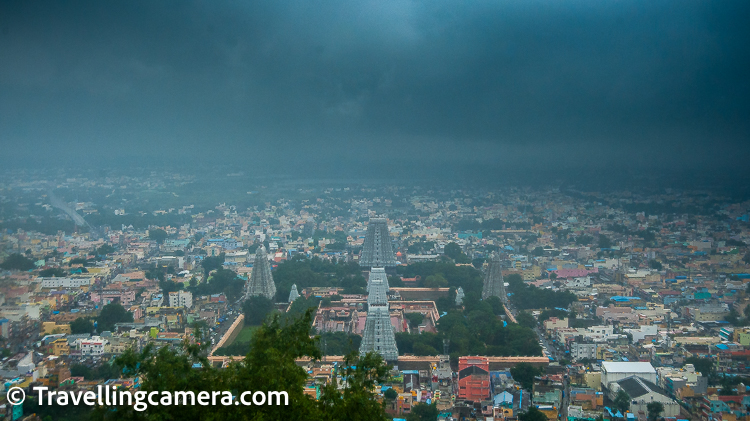

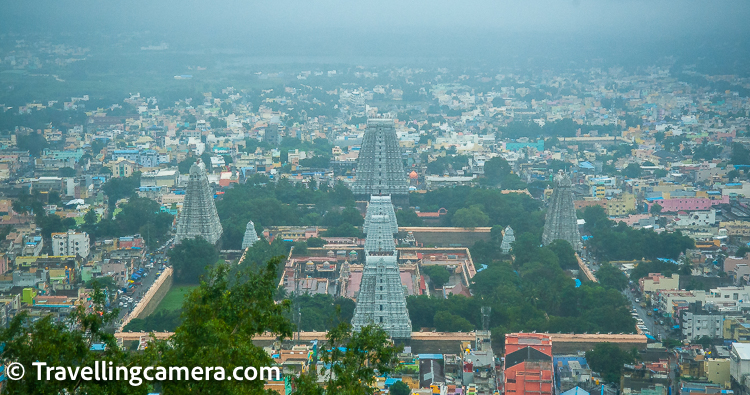

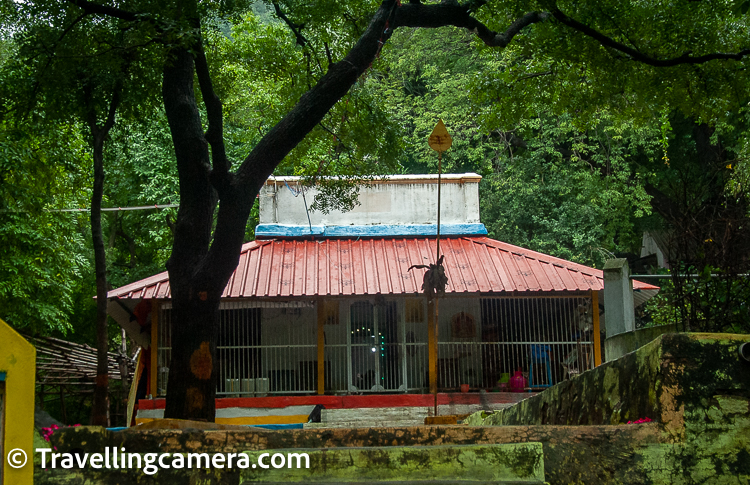
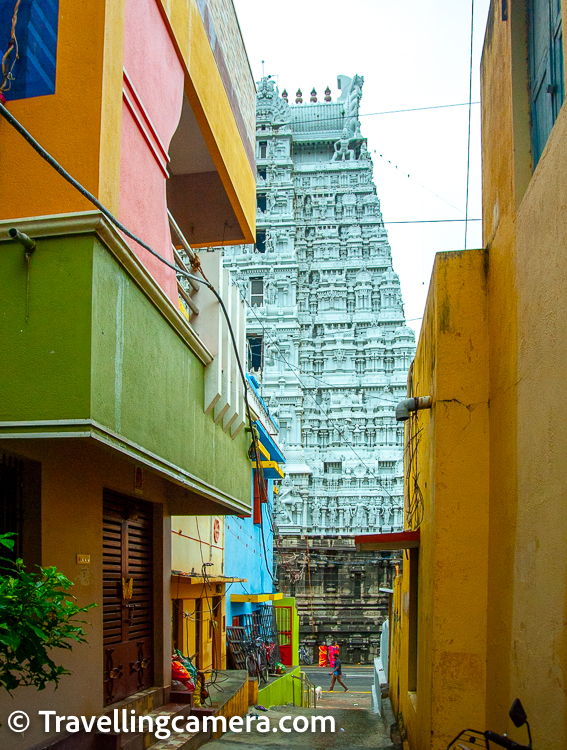

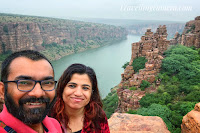

%20to%20see%20the%20Danish%20fort%20in%20Tamilnadu%20state%20of%20India-3.jpg)


.jpg)
Comments